

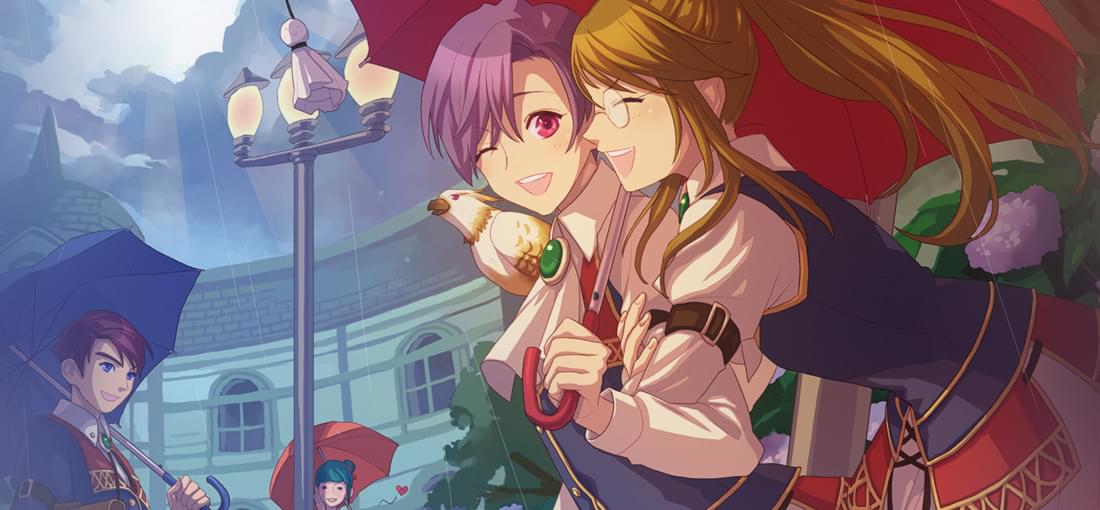
Trails in the Sky is definitely one of the best RPGs ever made! I'll start off with the cons: - The graphics are obsolete. - None of the character models have a nose or mouth, so that can be very distracting & requires a large suspension of disbelief. - Trails' magic system prevents you from being able to give your characters whatever spells you want, and instead arbitrarily locks you down into using a specific set of spells, some of which you don't want. - Most characters use foul language often, so the game is not wholesome like its predecessors such as Final Fantasy for the NES and Final Fantasy II and III for the SNES. - Trails has very little voice-acting, so you have to read text for every conversation. - The music is mostly mediocre. Now onto the pros: - UTTERLY AMAZING Characterization: Trails is easily within the top 5 games I've ever played in terms of presenting deep, life-like characters. You get to know all of the characters' emotions, goals, aspirations, psychological motivations, eccentric quirks, hobbies, interests, strengths, weaknesses, etc. As a result of all that, Trails brilliantly & convincingly creates the strong illusion that actual real people live inside the game world, rather than fictional characters who are just pixels on a screen within a computer program. In other words, this is immersion at its finest! The characterization in Trails absolutely owns that in 99%+ of other RPGs, including everything Bethesda has ever made. Even more impressive, Trails' characterization also puts DOS 1 and DOS 2 to shame! - Story: Trails' story, too, is incredibly epic, and deeply immerses you in all aspects of the world, from helping villagers with everyday tasks, to discovering and slyly maneuvering within political scandals at all levels of government, including local, national, and international. In conclusion, Trails is one of the best games ever made, and on par with Witcher 3 in terms of story & characterization.
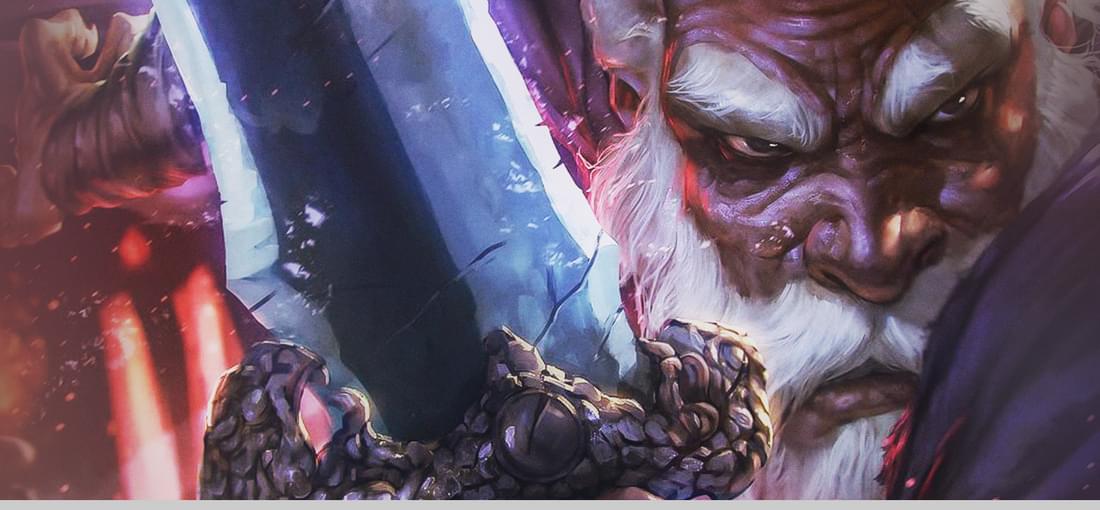
The review was made after the game was reworked and all of its updates had been applied. First of all, although Slain technically supports controlling your character with the keyboard, in actual practice, it is unplayable while using it. So if you don't have a controller, best not even to think about playing Slain. Unfortunately even with a controller, Slain is only for super hardcore gamers, the type who not only love the Dark Souls games, but also think they are way too easy (I estimate this category to be, at most, 2% of gamers). Some say Slain is similar to Castlevania or Megaman, but those games are colossally easy compared to Slain. Slain is a million times more difficult than they are. If you buy Slain expecting a difficulty level on par with Megaman or Castlevania, then you will be in for a rude awakening. In Slain, the player is unable to save their game whenever they want. Instead, it uses a checkpoint system that only saves your game when you reach the next checkpoint. If you die before reaching the next checkpoint, then you must start over from ground zero of the last checkpoint that you did reach. These checkpoints are spaced way too far apart, to a ludicrously unreasonable extreme! If you fall in the lava once, you die. If a crushing trap touches you once, you die. If you lose all your health - which is very easy to do because Slain has no armor system and you go down in a few hits - you die. In one sequence, you have to kill two waves in a row of many skeletons who mob you from all sides and give you almost no time or space to react, and then a Skeleton Giant and his hellhound, each of which is a distinct miniboss, and both of which spawn simultaneously. For such a sequence to be realistically beatable for the average player, a checkpoint would be needed before the spawn of double minibosses. But there is none. That example is typical of the whole game. Unless you are among the hardest of the hardcore, you won't enjoy Slain.
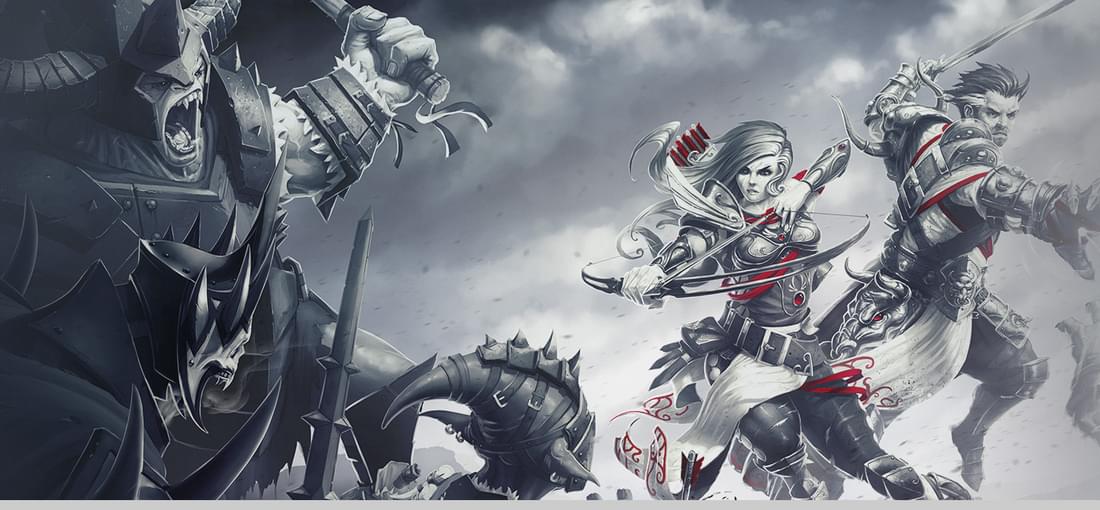
I beat DOS:EE on the hardest difficulty, and that took me 175 hours. They were great fun! Many other reviewers for this game give it a bad rating primarily because its design philosophy contradicts their wishes for it to play fast & dumb. Their complaints say things like "solving the initial mystery takes too long." Or "the battles are too slow." Or "the game doesn't tell me where I need to go." Those complaints are missing this point: each moment of DOS:EE is designed to be slowly savored. You are supposed to take your sweet time to smell each flower, have long fireside chats with every character, indulge in leisurely country strolls across the vast, beautiful & highly varied landscapes, and carefully inspect every barrel, bookshelf, seashell, cavern, dungeon, town, lair, and temple. Most players who do not like this game were expecting a cheap fast-food style of meal, and instead it gave them a gourmet dinner at the Queen's palace. It does not have any mindless button-mashing or arcadey action like in Diablo or GTA types of games. Instead, DOS:EE is for the connoisseur who wants to luxuriate in every nuance of the fantasy world. The critics are correct that DOS:EE does not hold your hand or solve your problems for you. But 99% of the problems they cite would have resolved themselves automatically if they had only explored the world longer before complaining. You are *meant* to *discover* the mysteries of the world on your own. That's a brilliant design decision, not a flaw! DOS:EE features a wonderful story, (mostly) excellent voice-acting which covers every word of dialogue (there is tons!), fascinating characters, satisfying turn-based combat, and an enormous, lovely fantasy world. This game is not perfect. It's full of environmental traps that are immensely aggravating. But its exceptional qualities far outweigh its flaws. DOS:EE is infinitely better than most other modern RPGs (i.e. it trounces *anything* made by Bethesda).
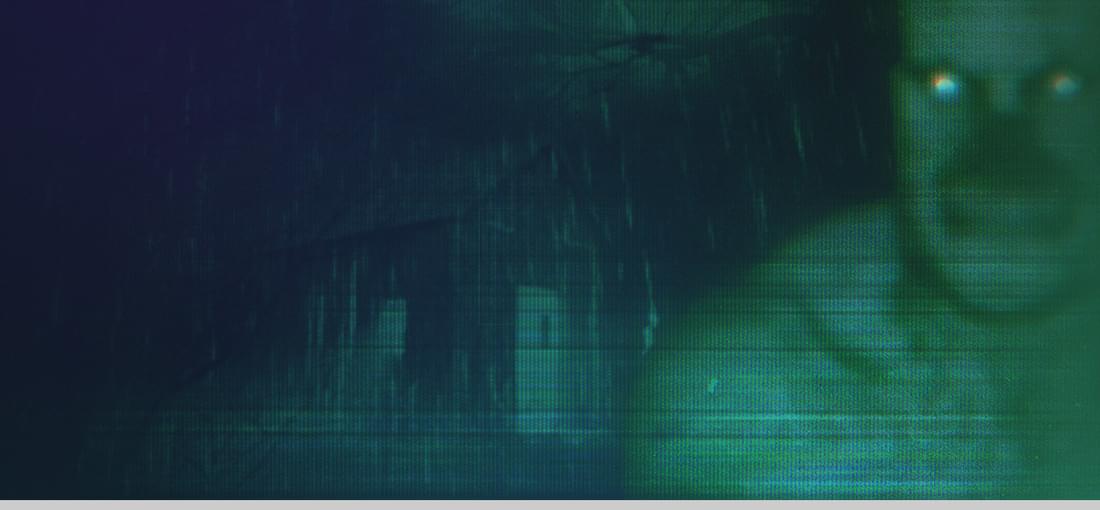
The primary emotion that Outlast evokes is not horror, but aggravation. Its terrible gameplay utterly ruins the game. In fact, ‘gameplay’ is not an accurate term, because Outlast doesn’t really have any. Instead, the player *must* move in exactly the right spots where the devs want him/her to go, at very precise moments, or die. The player has no freedom to do anything other than follow one exact path – with surgical precision. Of course, the player has no idea where the one & only ‘correct’ path is, nor how to access it. Consequently, while searching for it, the player will be killed repeatedly. The only way to learn the ‘right’ way to go is through trial & error: by dying, then reloading the same section dozens – or hundreds – of more times. One could also watch youtube videos of people beating each section, but that destroys the purpose of playing the game. In any case, the horror atmosphere of Outlast is absolutely obliterated by this unavoidable mechanic of “die repeatedly and then reload the same section endlessly.” How are you going to be scared as a result of seeing the same enemy kill you in the same way for the 57th time in a row? You are not going to be scared – just aggravated. These things happen because Outlast is entirely pre-scripted and “on the rails” to the maximum possible extreme. Unless the player moves in the exact right places at the exact right times, then the next pre-scripted events fail to trigger, thus the player cannot progress. The aforementioned problems are compounded by the devs’ abysmal decision not to let the player save the game. Outlast uses a “Checkpoint” system that saves *only at* pre-determined places. This means that if you’ve died to the same enemy 73 times in a row, and then reload for the 74th time, and finally make it 95% of the way to the next Checkpoint before you die again, then all of that progress is erased. When you reload for the 75th time, you will be back to ground zero of that section.
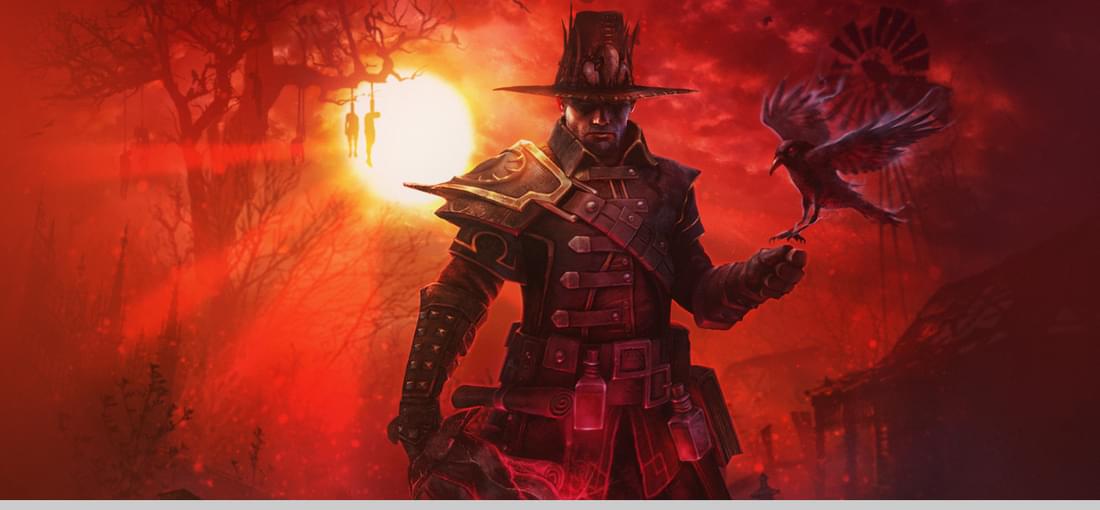
Grim Dawn had the potential to be a great Diablo II clone. However, it will never reach that potential, because it is ruined by poor design decisions on the part of the devs. On the positive side, Grim Dawn features a dark & gritty & mature atmosphere like Diablo II (this contrasts with the bright, babyish, cartoony, My Little Pony-style, awful atmospheres of games like Diablo III, Team Fortress 2, Overwatch, World of Warcraft, etc). Grim Dawn's gameplay is also exactly the same as Diablo II's, which means you play the game by mindlessly click-spamming your mouse buttons onto endless swarms of trash mobs. Although the gameplay is highly repetitive & stupid, it's also fun. The story in Grim Dawn is worse than Diablo II's story (which wasn't good either). Evil alien spirits have taken over the world and are converting humans into an army of the undead. That is the entirety of Grim Dawn's extremely cliched and lackluster story. Don't even bother playing this game if you want a good or original story, because you won't find it here. Now I will tell you about the poor design decisions that ruin Grim Dawn. The #1 game-ruining flaw is that the devs choose to fragment the playerbase in two ways. One, they refuse/can't be bothered to implement crossplay between GOG and Steam. As a result, GOG users have almost nobody else to play multiplayer with, since the GOG userbase is very small. They sell this as a multiplayer game, but the lack of crossplay gimps the GOG version by effectively forcing GOG players to play singleplayer only. The devs could easily fix this problem by implementing crossplay, yet they won't. Two, the devs prevent owners of the expansion pack from playing with vanilla players. Thus, the already-tiny playerbase on GOG is further fragmented. The devs could easily fix this problem too, by patching the vanilla game so that expansion users and vanilla users can play together, but restricting vanilla users from using the expansion's features.
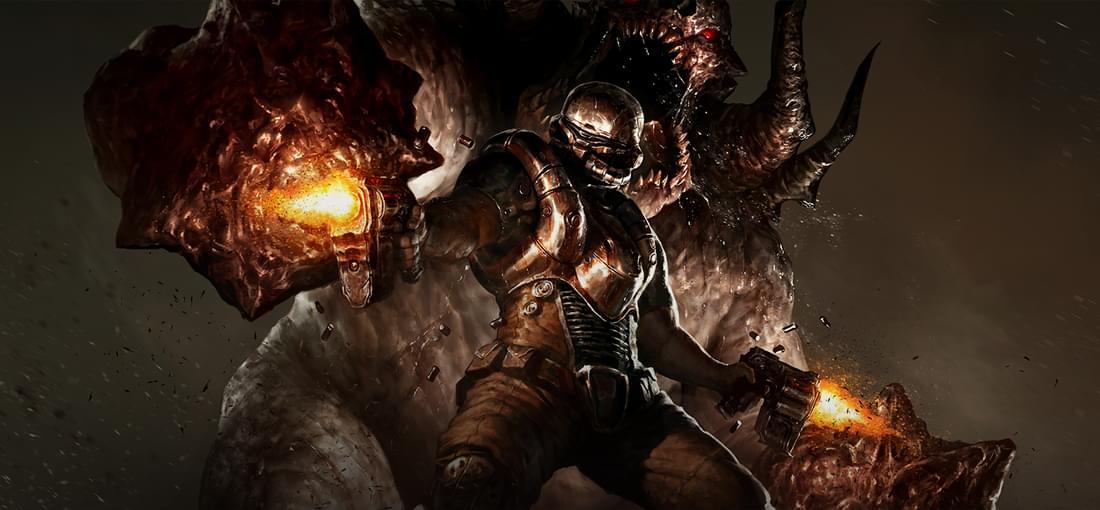
Simply put, Doom 3 is garbage. Doom 3 is absolutely nothing like the real, legendary Doom games: Doom and Doom II. Doom 3 brings shame to their legacies. Doom 3 should not be called Doom 3. Instead, it should be called by an accurate name, like "Walk-In Closet Simulator 1.0." The real Doom games feature a fast-paced, run-and-gun style of gameplay, within spacious environments. That is a core feature of all FPS games (other than Doom 3) because they need it. In contrast, because of its horrible game design, Doom 3 prevents the player from playing the game at anything other than a snail's pace. In Doom 3, all of the environments are cramped little rooms - like a walk-in closet - and/or cramped little hallways. These cramped environments gimp the player's ability to move his or her character, because very little space exists in which to maneuver. Consequently, here is an accurate description of 99.9% of Doom 3's gameplay: Step 1: Enter a dark & cramped & generic-looking room on a space station; Step 2: Shoot the imp who is facing you; Step 3: Then turn around and shoot the two imps who have spawned behind you; Step 4: Then walk into the next room, which is identical to the room which you just left; Return to Step 1 & repeat the process again...until you've done it a few thousand more times and beat the game, or fell asleep way before then. You will have to repeat that process thousands of times because Doom 3 copies & pastes the same few cramped environments, and the same few enemies, endlessly. That means Doom 3 forces you to keep having the exact same small-scale firefight, in the exact same closet, over and over again. In other words, Doom 3's gameplay is a mind-numbing, incredibly repetitive & boring grindfest chore. If you love the real Doom games, or just good FPS games in general, then you will be far better off buying the game "Painkiller: Black Edition." It is the real spiritual successor to Doom II and superior to Doom 3 in every way.
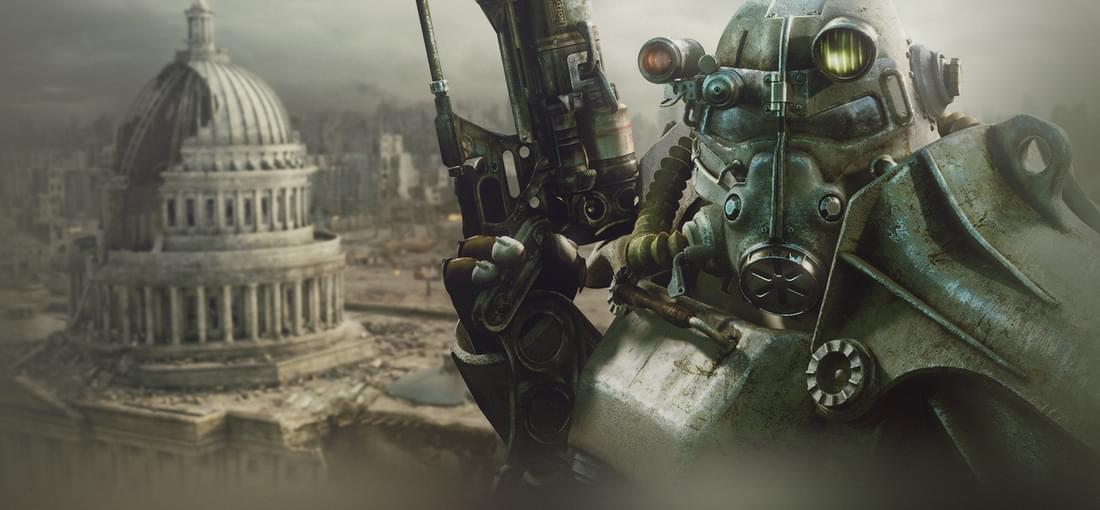
Fallout 3 was GOTY?! The state of the gaming industry must be abysmal. Fallout 3 has a worse story than any Farcry game. That’s pathetic. Farcry is not even an RPG! In Farcry, at least your character has a bit of an identity. In Fallout 3, your character has no identity and doesn’t feel like a person at all. You might as well be an inanimate object, like a stick that can walk. You have no name & no personal desires (other than the main quest to find your dad, which you won’t be doing 99% of the time). If you look up any articles about Fallout 3, you will see they prove my point: they, and also other characters in the game, always call your player character “Lone Wanderer,” which is the diplomatic way to say “Generic Cliché With No Personality.” Contrast Fallout 3 with the game Mafia 1 (also not an RPG!) from 2002. Mafia 1 brilliantly chronicles the player character’s (Tommy’s) unwitting entry into the mafia and the subsequent decades of his life. Every step of the way, Tommy feels like he is a real person with genuine aspirations and feelings. Therefore, the player feels a captivating emotional bond with Tommy, and you strongly empathize with and root for him. Fallout 3 is the polar opposite of that. Why does an old non-RPG like Mafia 1 absolutely annihilate the much newer RPG Fallout 3 in terms of storytelling? How do so many gamers fail to notice Fallout 3’s abysmal story & characterization? Why do most critics give Fallout 3 completely unwarranted praise, high scores, and GOTY awards? ! The gameplay of Fallout 3 is also extremely bad. The “open world” can take up a lot of your time, but very little of that time will be spent doing anything new or meaningful. The world is “huge” because all the developers did was copy & paste the same few environmental tile sets, and enemies, millions of times. So you can spend hundreds of hours wandering through identical environments and fighting identical enemies as you are bored out of your mind.
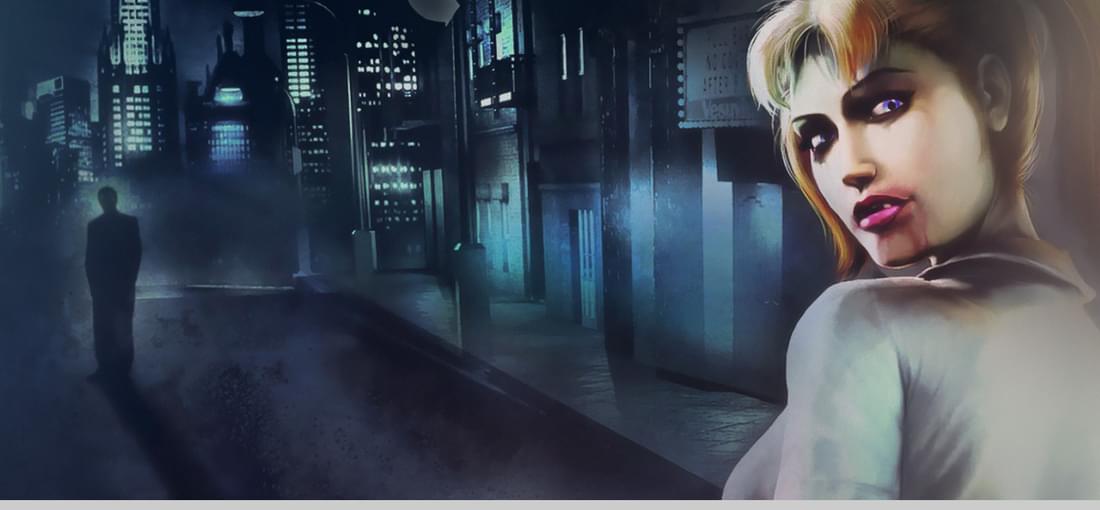
Bloodlines is a vastly over-rated game. It is not terrible, but it is also not a masterpiece. It's just alright. Bloodlines does have a few exceptionally great missions, such as a haunted house, a mansion that its owner turned into an insane asylum, and a series of death traps in which a guy experiments on you in order to discover what it takes to kill a vampire. However, such unique & creative missions are few. What Bloodlines has a whole lot more of are mediocre & garbage missions. By the last third of the game, it seems like the developers had stopped trying. Instead of making interesting levels like the ones I've mentioned, the last third of the game mostly consists of the exact same hallways and rooms copy & pasted together over and over again hundreds of times. The worst & most hated example is the sewer levels called Nosferatu Warrens (even lovers of this game hate those levels and ask for a way to skip them). Endlessly copy & pasted in-game assets are also combined with really stupid & aggravating puzzles. For example, one puzzle requires you to pull a lever, then run and jump into a river and swim through it as quickly as possible. If your timing is off by more than half a second, you lose, and have to start again. Let's move onto the combat: it is abysmal. The previous Masquerade game - called Redemption- has vastly better combat gameplay than Bloodlines. If you know how to play, then the play control of Redemption is silky smooth. In contrast, Bloodlines has awkward & clunky controls that wreck all of the combat gameplay: your character responds sluggishly to every order you give him/her. Superficially, Bloodline's combat resembles the BloodRayne games. But BloodRayne is another vampire game that has silky smooth play control. Bloodlines' play control is simply horrendous. Story-wise, the player character in Bloodlines is terrible. He/she has zero personality, zero voice-acting, and receives zero character development.
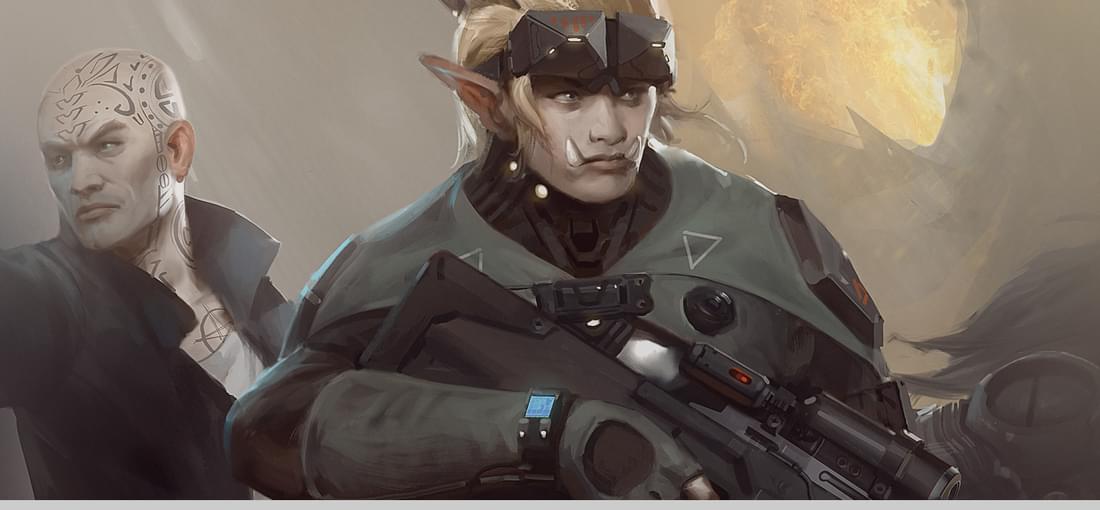
I've completed the whole game before writing this review. Dragonfall is vastly over-rated in most reviews. It's not bad, but it's also not great. Since most other reviews fawn over Dragonfall and neglect its flaws, my review will point out some flaws to help you gain a realistic viewpoint. - The game is overloaded with complex technobabble jargon (fake words that fiction writers make up) that will alienate the player because it is impossible to understand. For example, here is a quotation from one of the first lines in the game: "Watched her get her first datajack. Now she's your teamleader, and a drek-hot decker to boot." Incomprehensible nonsense phrases like that are heaped all through the game. I presume this problem exists because the writers were trying way too hard to sound cool. - In addition to the technobabble problem, the writing in general is also quite bad. Here is another quotation from the game: "That's nice. Now can we jump to the part where you're doing something horrendous, and I have to stop you?" Once again, that line is typical of the whole game. Almost all of the dialogues in the game make the characters sound like they are immature & inarticulate teenagers (only one or two characters are well-written, i.e. Paul and maybe Vauclair). - The game heavily pushes an agenda of real-life political propaganda I.e. the characters are constantly harping on about "climate change." - The game is way too short. After something dramatic happened in the story, I thought I had finished Chapter 1 and completed about 20% of the game. Instead, it turned out that I had actually completed almost the whole game, and only one mission remained. - This game has no voice-acting! You have to read every word of narration and dialogue. I am all for reading books in real-life, but games are for immersing the player in a realistic story world. A world in which no one ever speaks audibly is not realistic or immersive. It's just boring.